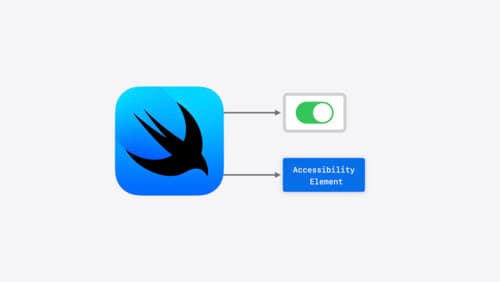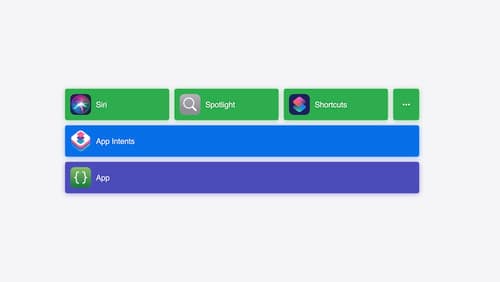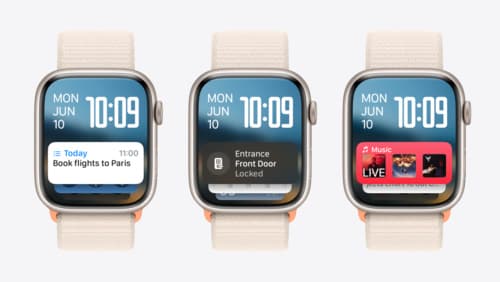What is new for widgets?
Asked on 2024-08-01
1 search
Apple introduced several new features for widgets at WWDC 2024, particularly focusing on watchOS 11 and iOS 18. Here are the key updates:
-
Interactive Widgets: Widgets can now include multiple interactive areas, such as buttons and toggles, allowing users to perform actions directly from the widget without opening the app. This feature is available on watchOS, iOS, and macOS. For example, the interactive home widget in watchOS 11 lets users lock or unlock their door directly from the widget (What’s new in watchOS 11).
-
Accessory Widget Group Layout: This new layout allows for more information and interactivity by accommodating up to three separate views. It supports deep linking to different parts of the app and includes button and toggle initializers to perform actions without leaving the widget (Platforms State of the Union).
-
Relevant Widgets: Widgets can now be suggested by the system at the right time based on relevant contexts such as time of day, location, and routine. This makes the smart stack more actionable and intelligent (What’s new in watchOS 11).
-
Control Widgets in iOS 18: A new type of widget called "controls" has been introduced, which extends app functionality into system spaces like Control Center and the lock screen. These controls focus on actions and succinct information, making it easy to perform quick actions like turning on the flashlight (Extend your app’s controls across the system).
-
Enhanced Accessibility: Widgets now support more accessible interactions, allowing for custom actions to be performed through accessibility technologies like VoiceOver (Catch up on accessibility in SwiftUI).
These updates make widgets more functional, interactive, and contextually relevant, enhancing the user experience across Apple's ecosystem.

Catch up on accessibility in SwiftUI
SwiftUI makes it easy to build amazing experiences that are accessible to everyone. We’ll discover how assistive technologies understand and navigate your app through the rich accessibility elements provided by SwiftUI. We’ll also discuss how you can further customize these experiences by providing more information about your app’s content and interactions by using accessibility modifiers.

Bring your app’s core features to users with App Intents
Learn the principles of the App Intents framework, like intents, entities, and queries, and how you can harness them to expose your app’s most important functionality right where people need it most. Find out how to build deep integration between your app and the many system features built on top of App Intents, including Siri, controls and widgets, Apple Pencil, Shortcuts, the Action button, and more. Get tips on how to build your App Intents integrations efficiently to create the best experiences in every surface while still sharing code and core functionality.

What’s new in watchOS 11
Explore new opportunities on Apple Watch, including bringing Double Tap support to your watchOS app, making your Smart Stack widgets even more relevant and interactive, and displaying your iOS Live Activities in the Smart Stack.
